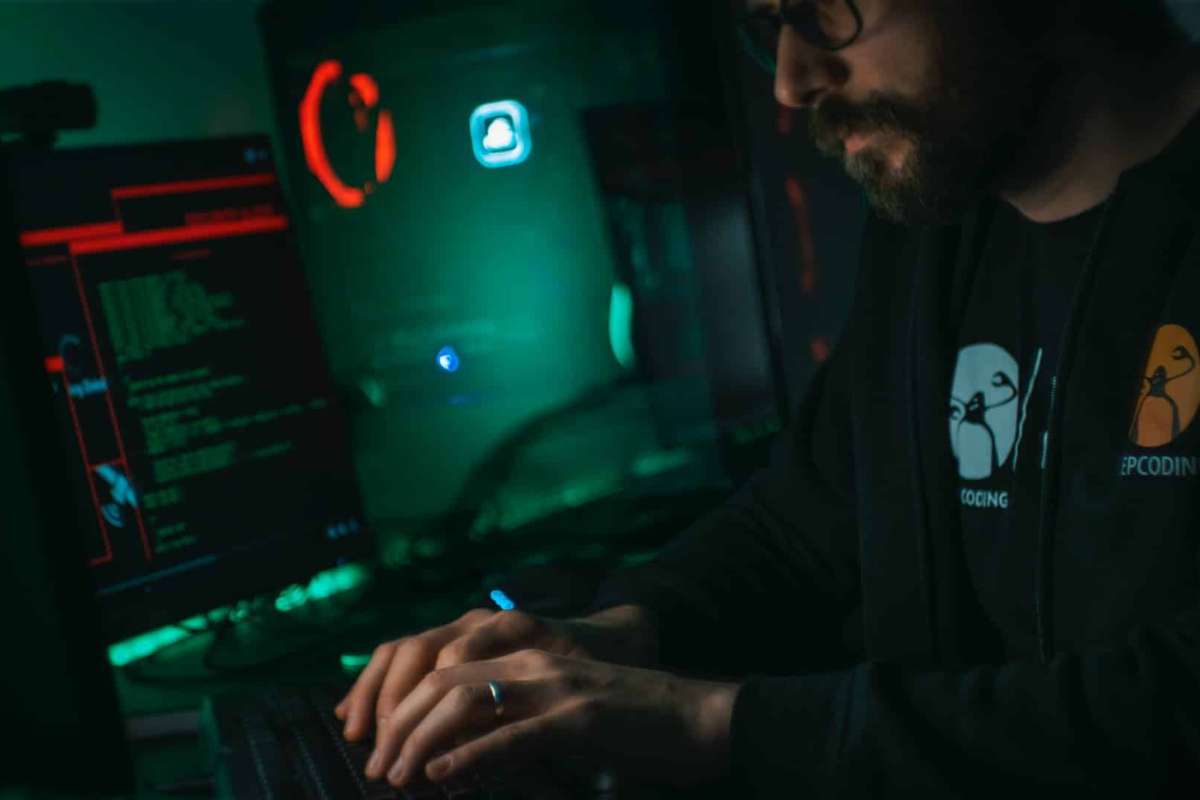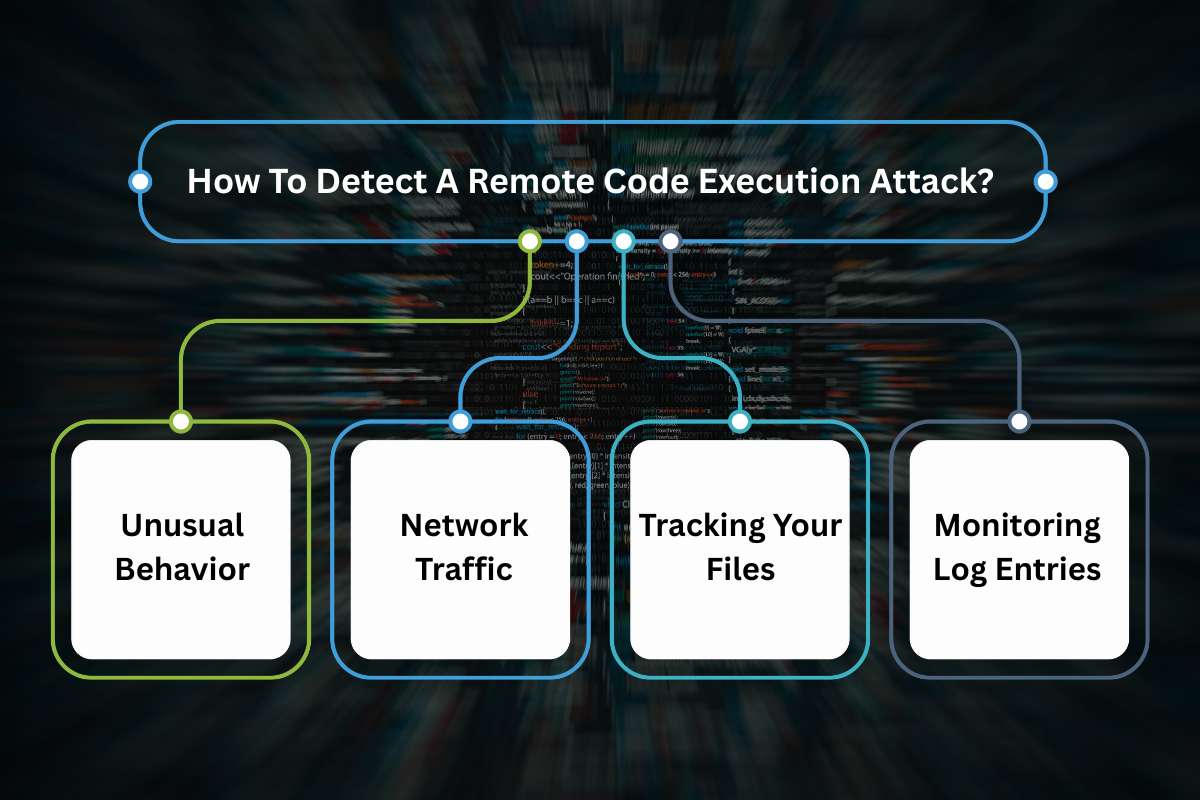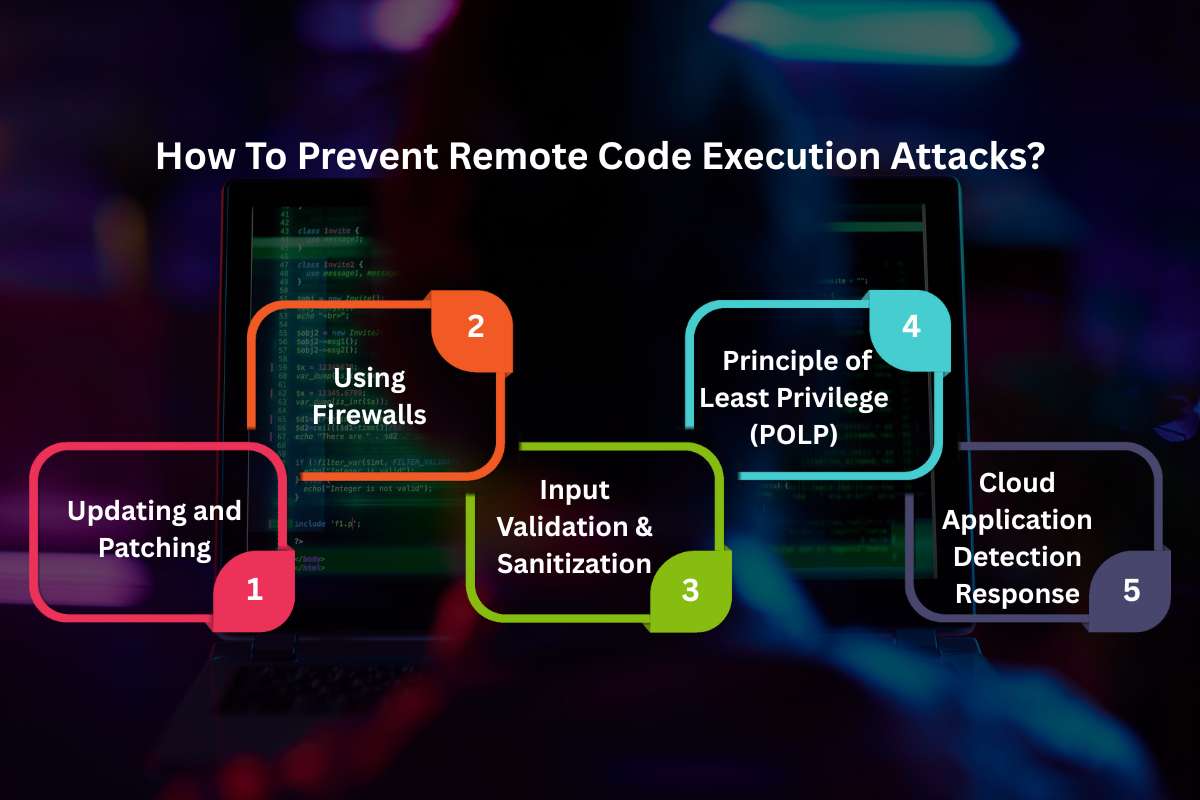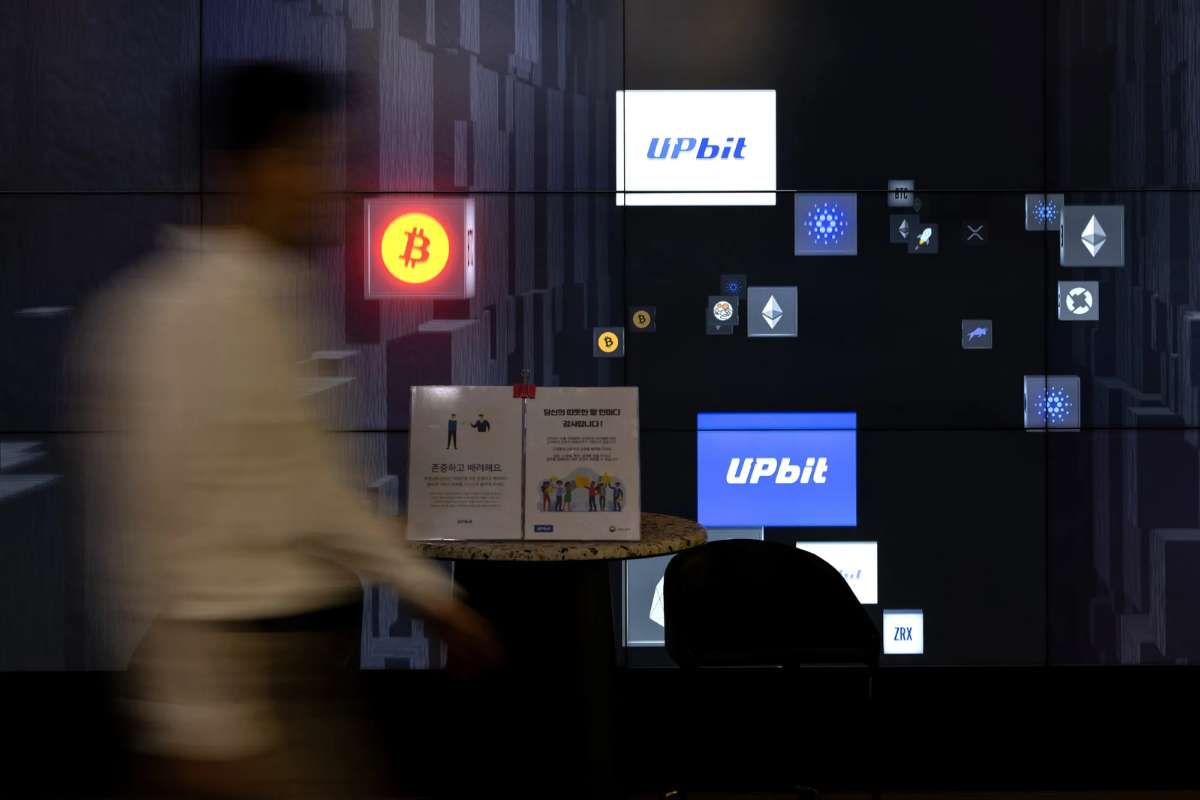Protecting your company’s data and information is vital in today’s digital age. Loss of sensitive information can be massively harmful for a business. Scammers and hackers are always on the lookout for an organisation to make a mistake. They take advantage of such moments to gain access to your servers. One of the ways hackers can do this is through RCE or Remote Code Execution. But what exactly does it mean?
What is Remote Code Execution (RCE)?
RCE is a form of cyber attack that occurs when there are weaknesses in a network infrastructure. It allows attackers to “run” or execute malicious code on a victim’s system from a remote location. Ever seen kids trying to steal a cookie or candy when the adults aren’t looking? This is exactly what hackers are trying to do; however, it also involves an additional step of planting harmful code in the cookie jar.
In 2025, cybercrime will cost the U.S $639 billion. (Statista)
This type of cyberattack is of the highest critical emergency. It can be triggered without needing physical access to a device. The main goal of remote code execution is to access a device. This can enable an attacker to steal data, dismantle software, or further probe into the system.
Falling prey to these attacks can lead to major consequences. Take the example of Log4j. Log4j is a Java-based program used in many web applications. In December 2021, this feature was compromised, allowing many hackers to access computers remotely. But how was it done? How exactly is random code execution achieved? Is it just lines of numbers like in ‘The Matrix’?
How Does Random Code Execution Work?

Hackers use a step-by-step methodical approach. Understanding how they operate can help you take precautions against such attacks.
1. Weakness Identification:
Hackers start by identifying the weakness in your system. This is done through detailed analysis and the use of automated tools like NMap and Shodan. The main goal in this stage is to search for a way in. Hackers target applications with poor input validation, unpatched systems, and weak security settings.
2. Payload Creation:
After a vulnerability is found, attackers move on to creating their code. This code is known as payload. This requires skill and testing. These payloads look to bypass security and establish remote access. At times, it can also deploy additional malware. Before executing this code, hackers tend to test it in a similar environment to the target system.
3. Exploitation:
This is the phase in the RCE chain where hackers look to deploy or deliver their payload. The harmful data is encoded in multiple layers to hide it. Attackers also look to time delivery when there is high traffic on the software or application. This is the point in the movie where a hacker exclaims the phrase “I’m in”.
4. Code Execution:
When the payload successfully reaches the target, the actual code starts to execute. The success of this phase depends on the security weakness the attacker is trying to exploit. It also depends on the other security measures it is trying to bypass.
5. Post-Execution:
After a code is successfully executed, a hacker starts pursuing their objective. Another thing he focuses on is keeping continuous access to the system. Criminals can now operate in the compromised system. They have a detailed map of your database. During this phase, an attacker is playing a game of cat and mouse. His main target is to achieve his goals while simultaneously staying undetected.
You might now have an idea of how remote code execution works. But it can still manifest itself in different forms. Hackers have different methods through which they deploy RCE. What are they?
Types of RCE Attacks

1. Deserialization Attacks
Applications use serialization to combine several pieces of data into one. While transferring data, applications often serialise and deserialise it. Attackers can create code that infiltrates the application during the deserialisation process.
2. Injection Attacks
Applications also use data as an input command. During an injection attack, the attacker gives the payload as input. This manipulates the system into thinking that the input is a part of the command. This can give the hacker control over the commands that are executed on the target software. According to the Open Worldwide Application Security Project, an injection attack is a high security risk.
Also Read :- What Are Code Injection Attacks and How Can You Stop Them?
3. Out-of-Bounds Write
This type of attack happens when an attacker writes code that surpasses a memory buffer or data structure. A memory buffer is a temporary storage area where data is stored. It is used during the transfer of data. A fault or flaw in this memory buffer can allow an attacker to insert malicious code. The memory then stores it as executable code.
How RCE attacks various weaknesses might have you concerned about your systems. And rightfully so. But there are ways in which you can detect if your application or software is under an RCE attack.
How To Detect A Remote Code Execution Attack?

1. Unusual Behavior:
You must be knowledgeable about the target system and how exactly it operates. Watch out for any unexpected behaviours in the system.
2. Network Traffic:
Analyse your traffic. See if there are any abnormalities. A connection to an unknown IP address might suggest a chance of an RCE attack.
Also Read :- Network Security vs. Cybersecurity: Are They the Same?
3. Tracking Your Files:
Use tools to monitor your files and detect any changes to files. Sudden changes to scripts or file configuration can be a sign of a breach.
4. Monitoring Log Entries:
Keep looking at your logs for any suspicious discrepancies. Look for any unauthorised access or command executions.
Detecting an RCE attack as quickly as possible will allow you to mitigate any consequences. But you must always strive to be one step ahead of hackers and their cyber attacks. It is important to have a robust security system to prevent any remote code execution attack or data breach. How do you do that?
How To Prevent Remote Code Execution Attacks?

1. Updating and Patching:
The best thing you can do is constantly update and patch your system. These patches fix any weakness in the system that might have developed over time. These updates can also be automated without manual supervision. This reduces the likelihood of a system going without an update for a long time.
2. Using Firewalls:
Web Application Firewalls (WAFs) monitor incoming traffic. They detect any malicious input. They serve as an additional layer of security against not just RCE attacks but a variety of different cyber threats.
3. Input Validation & Sanitization:
Any piece of data that serves as an input should be validated by the system. You should check it for the expected format and remove any special characters that can lead to potential security breaches.
4. Principle of Least Privilege (POLP):
This limits how harmful code can be activated inside the system. This can be done by strictly regulating permissions. This can prevent any unauthorised actions from being taken. You can automate the management of privileges through role-based access control tools.
5. Cloud Application Detection Response:
CADR tools can help stop RCE attacks in real-time. They monitor the overall behaviour of the application and detect any odd movements. If configured in the correct way, these tools can not only detect but also respond appropriately to the threat.
Conclusion:
Cyber attacks of any kind are malicious and harmful to an organisation. Safeguarding your data against hackers and attackers is vital. And the first step in doing that is learning about the various ways in which your systems can be under attack. One of which is remote code execution. But no matter what type of cyber threat you are under, there is always a way out. You can always close the doors on any unwanted visitors.
FAQ
1. What losses will I incur under a remote code execution attack?
A. RCE attack can lead to data theft. It can lead to malware being introduced into your system. Attackers can also remotely access your device.
2. What can I do if I am under an RCE attack?
A. The first step is to disconnect the system from the rest. Then, determine the cause of the attack and contain the damage it is doing
3. Where can I report an RCE attack?
A. You should report the attack to the cybersecurity team of the software. If the attack persists, you can also report it to the CISA’s Known Exploited Vulnerabilities (KEV) catalog






